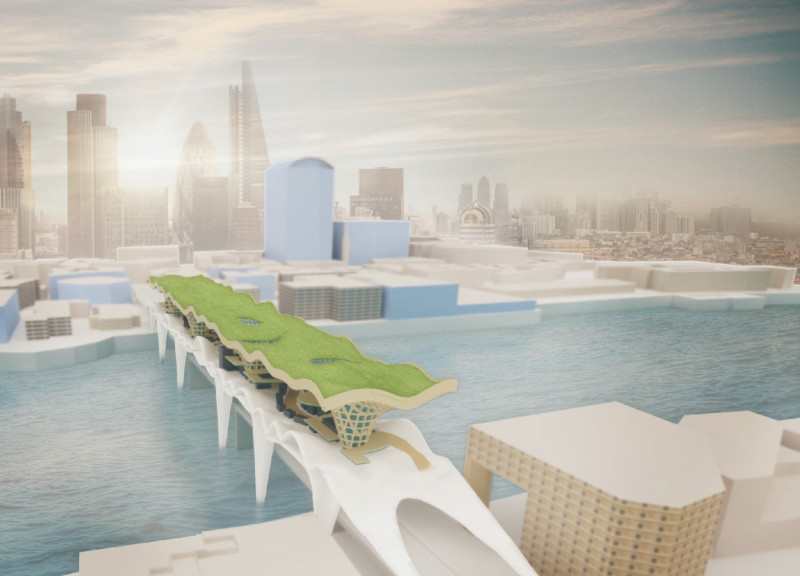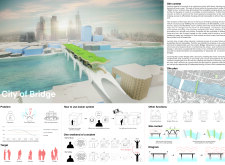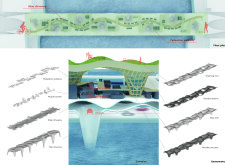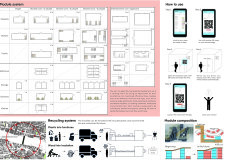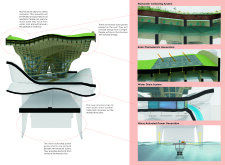5 key facts about this project
The "City of Bridge" project is an innovative architectural design located over the Thames River in London. This project addresses the pressing issues of urban housing and public space utilization by creating a multifunctional structure that incorporates residential, commercial, and recreational areas. It promotes a sustainable living environment that meets contemporary demands for housing while enhancing community engagement.
The primary function of the City of Bridge is to provide adapted living spaces that cater to diverse populations, along with amenities that support a vibrant communal lifestyle. The design is characterized by modular housing units, which allow residents to customize their environments, as well as public areas that foster social interaction. The architectural framework emphasizes sustainability, integrating various technologies and systems to minimize environmental impact while providing a quality living experience.
Unique Design Approaches to Modular Living
One of the distinguishing features of the City of Bridge is its modular design, which allows for flexible reconfiguration of residential spaces according to user needs. The architecture incorporates advanced technology, including a user-friendly app that enables residents to reserve and manage facilities, showcasing an innovative approach to urban living. Additionally, the use of sustainable materials such as wood, glass, and recycled plastic contributes to a reduced ecological footprint while retaining aesthetic quality.
The incorporation of green roofs not only enhances the visual aspects of the bridge but also provides ecological benefits, such as improved stormwater management and increased biodiversity. The integration of renewable energy sources, including solar panels and wave energy systems, exemplifies a commitment to reducing dependence on non-renewable resources. These features set the City of Bridge apart from traditional housing projects by prioritizing environmental responsibility alongside functionality.
Sustainability and Community Integration
The design encompasses environmentally sustainable systems, such as rainwater harvesting and energy generation from natural resources. The project includes dedicated pedestrian and bicycle pathways that connect various areas of the bridge, promoting healthy lifestyles and ease of movement. By incorporating coworking spaces, recreational areas, and communal gardens within the structure, the City of Bridge fosters community interaction and supports a balanced urban lifestyle.
The architectural details emphasize a harmonious blend of public and private spaces, encouraging interaction while allowing for personal privacy where needed. The structure's undulating form not only creates dynamic spaces but also enhances the aesthetic relationship to the Thames River, integrating the architecture with its surroundings.
For more in-depth exploration, including architectural plans, sections, and design concepts, interested readers are encouraged to examine the project presentation. A thorough review of the architectural ideas underlying the City of Bridge will provide valuable insights into this multifaceted urban development and its implications for modern architecture.


